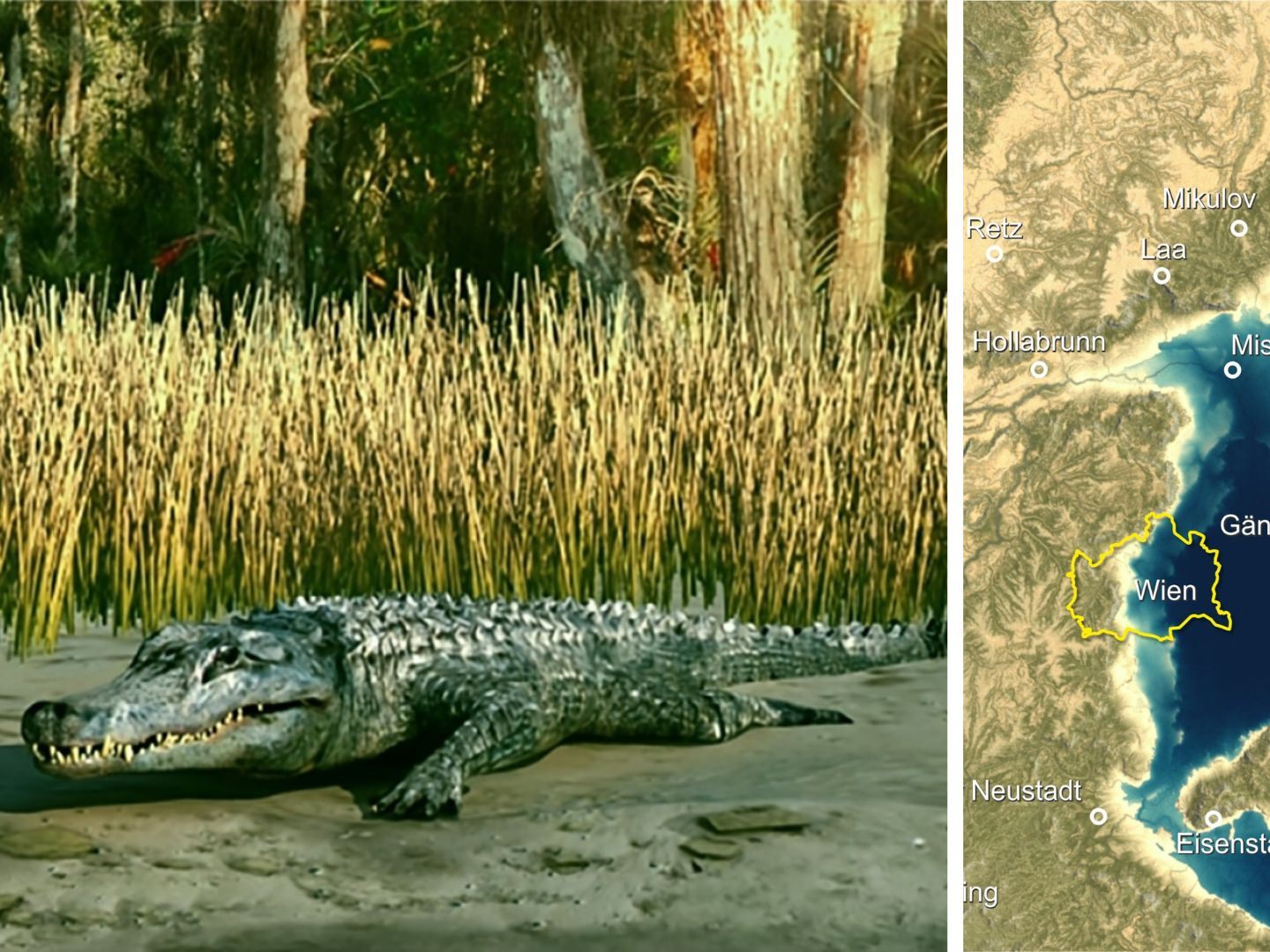```html
Alligator from Vienna-Hernals is "the last known crocodile in Central Europe"
```

In the collection of the Geological-Paleontological Department of the NHM, more than 5.6 million objects are stored, representing a comprehensive archive of nature. During revisions of historical material, objects are repeatedly found that were previously misclassified or whose significance can only be reassessed through scientific progress.
Finds from Former Brick Pit
This was also the case during the recent examination of finds from the former clay pits of Hernals in the area of today's Postsportverein Wien, which the researchers report on in the journal "Historical Biology." Such brick pits were ubiquitous in the Vienna cityscape until the early 20th century.
The vertebrate paleontologist Ursula Göhlich from the NHM focused her investigation of these historical finds on shell parts and bones of softshell turtles, which had previously been little studied. In doing so, she noticed that an object was misclassified: Its rectangular outline and the surface structured by deep pits did not match the shell plates of turtles.
Comparison with Styrian Crocodiles Brought Certainty
"It was clear that it must be the skin plate of an alligator," said Göhlich in a statement from the museum on Tuesday. Martin Gross from the Universalmuseum Joanneum Graz compared the Vienna fossil with the extensive collection of fossil crocodiles from Styria and confirmed the assumption. "The Styrian alligators are almost four million years older than the Vienna reptile and belonged to a different species. However, the skin scales show that both are closely related," said Gross.
This surprised the researchers, as the heyday of alligators in Central Europe ended 13.6 million years ago. A global cooling was suspected as the cause, which, for example, led to the death of coral reefs around the Leitha Mountains. Therefore, it was previously assumed that the last alligators disappeared from the region about a million years earlier than the Hernals fossil indicates.
New Hypothesis About the Disappearance
The fossil comes from a small alligator of the genus Diplocynodon. These approximately two-meter-long animals lived in swamps and river landscapes in the hinterland of the sea. Only very rarely did the carcasses of these freshwater animals reach the sea through rivers, where their remains were preserved in the sediment. According to the museum's information, the Hernals alligator is "the last known crocodile in Central Europe."
The working group led by Mathias Harzhauser, head of the Geological-Paleontological Department of the NHM, now has a new hypothesis for the disappearance of Diplocynodon: Since the modern Mississippi alligator can even survive in frozen ponds, the animals were likely not victims of the cooling. Rather, a phase of unusual dryness about twelve million years ago could have threatened the habitats of the alligators.
(APA/Red.)
This article has been automatically translated, read the original article here.





